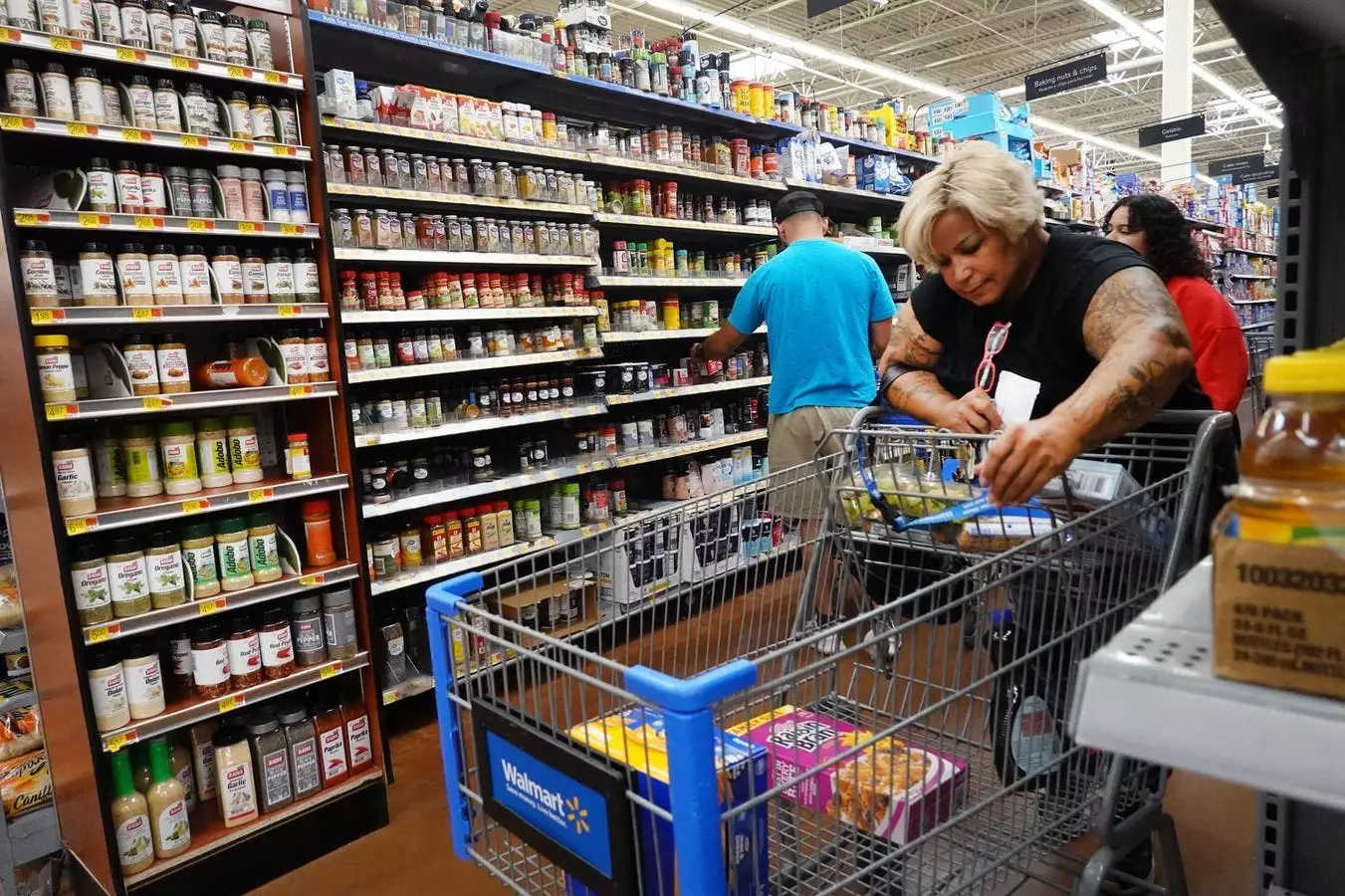The U.S. food and beverage sector is currently witnessing a surge in mergers and acquisitions (M&A), signaling a renewed interest from investors and private equity (PE) firms. However, despite the flourishing environment for M&A, analysts express concern regarding certain economic and policy challenges that could temper enthusiasm in various subcategories.
Recent reports, particularly those from PitchBook, indicate that despite potential economic headwinds, deal activity in the food and beverage consumer packaged goods (CPG) sector remains remarkably robust. The year 2024 is anticipated to echo the record levels seen in 2021, with approximately 531 global deals projected. This steady performance is underscored by transactions in popular categories, such as alcohol, baked goods, and celebrity-endorsed brands, all of which are driving interest and investment. Notably, the U.S. closely follows the global trend, demonstrating a slight decline in deals—44 PE transactions reported in the third quarter of 2024 compared to 45 during the same period in 2021.
High-profile mergers, such as PepsiCo’s monumental $1.2 billion acquisition of Siete Foods and Keurig Dr Pepper’s significant deal with Ghost Energy, contribute to a strong forecast for the year. These moves reflect a strategic pivot toward consumer-focused brands that resonate with contemporary trends and preferences.
The changing dynamics of consumer preferences form a crucial segment of the discussion around investments in the food and beverage sector. As we head into 2025, analysts observe a clear shift towards sustainable, domestically produced, and health-oriented products. This trend is largely influenced by anticipated policy changes under President-elect Donald Trump’s new administration, particularly concerning tariffs. With proposed tariffs of up to 60% on Chinese goods, costs may escalate for U.S. companies that rely on international sourcing, subsequently leading consumers to seek domestically produced alternatives.
Given this context, industry insiders point to a growing segment of eco-friendly and health-conscious products. Public health initiatives, such as those associated with new leadership in the Department of Health and Human Services, are expected to amplify consumer awareness regarding health issues, particularly as they relate to synthetic additives and overall wellness.
However, potential obstacles loom over this optimism. Tariffs could potentially stifle growth in import-dependent sectors, while rigorous immigration policies may inadvertently exacerbate labor shortages within the agricultural and food processing industries. Analysts predict that such labor constraints could either significantly inflate consumer costs or impede supply altogether, sensations that would ripple through the industry and impact consumers‘ purchasing habits.
Additonally, as consumers adapt to these economic shifts, many may increasingly turn to budget-friendly private-label brands or utilize cost-saving strategies such as couponing. Understanding these trends is vital for companies aiming to thrive in a fluctuating market.
In this complex environment, actionable strategies become essential for consumer packaged goods companies looking to succeed in fundraising and market penetration. Industry experts advise a four-pronged approach for brands operating within the CPG landscape. First, it is critical for companies to prioritize high-margin products, engaging in rigorous analyses of their cost structures while continuously evaluating profitability across various sales channels.
Moreover, brands should adopt data-driven decision-making processes to harness the wealth of information available to them today. Effective cash flow management and the elimination of underperforming sales channels can enable companies to streamline operations and focus on profitable avenues, whether through direct-to-consumer sales models, retail partnerships, or online platforms like Amazon.
As the U.S. continues to navigate an increasingly complex economic landscape, the food and beverage sector is presenting both remarkable opportunities and formidable challenges for investors. The ongoing economic dialogue, coupled with evolving consumer preferences and regulatory changes, will shape the future trajectory of M&A activities within this sector. By strategically aligning with current consumer trends and optimizing their operational frameworks, CPG companies are well-positioned to harness the potential of this transformative period.


Napsat komentář